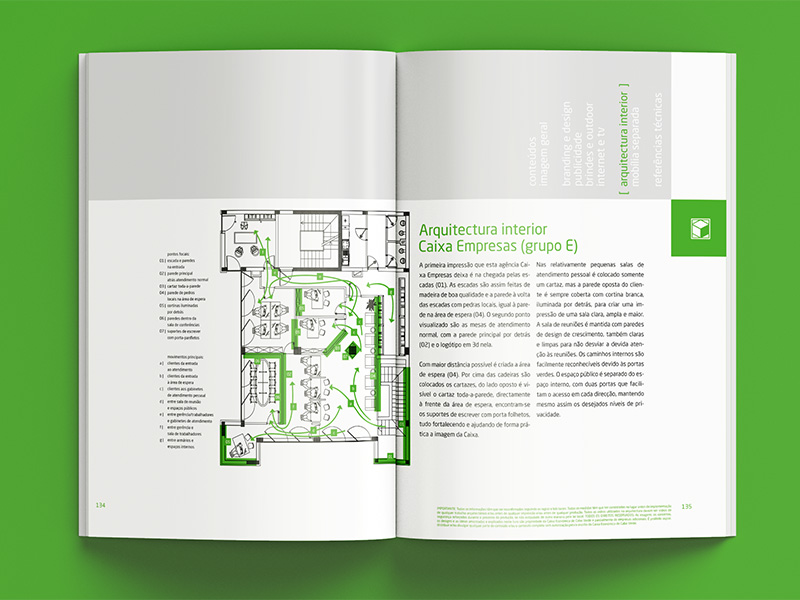
Many pharmaceuticals, organic chemicals, DNA, RNA and proteins absorb in the UV range. Even if your sample appears transparent it may absorb ultra-violet light. In practice, glass optics begin absorbing light at all wavelengths less than ~350 nm, so for UV measurements below 350 nm an instrument equipped with quartz optics and a lamp that emits in the UV region is recommended. If all the measurements made in your laboratory are done at wavelengths between ~3 nm then a visible spectrophotometer will be a good choice. These instruments are generally referred to as visible spectrophotometers even though they can measure slightly into the UV and near-infrared ranges. UV-Visible Spectrophotometers A spectrophotometer equipped with a tungsten-halogen lamp and conventional glass optics can measure wavelengths no lower than 325 nm because the lamp does not emit and the optics do not transmit below this wavelength. All Thermo Scientific spectrophotometers offer scanning capability. These scanning instruments can also be used to find the location and size of absorbance peaks that can be used to identify analytes and as the best wavelength at which to establish a quantitative measurement method for the analyte. Some quantitative analyses require measurement at more than one wavelength, however, and these require a more sophisticated instrument equipped to move across the spectrum during the experiment or to measure the entire spectrum at once. UV-Visible spectroscopy is ideally suited for this kind of measurement. If a calibrated method has been set up by measuring one or more standards the instrument may report concentration directly. A blank solution is measured to establish 100 %T and then the sample is measured and the absorbance is calculated. Scanning UV-Vis measurements for quantitative analysis are typically performed at a single wavelength. Dual-beam instruments offer better stability and can be used to monitor and subtract instrument and solvent variations, as well as provide better precision and stability for longer term measurements. However, they are somewhat more prone to drift and should be zeroed once every hour. Beam Configurations Single-beam spectrophotometers are simple and inexpensive. For this reason quartz (aka silica ) cells need to be used to measure samples in the ultra-violet (UV) region if you are always going to be measuring above ~325 nm, then glass (aka optical glass ) or plastic cells are okay and less costly to use. Cell Material Even though glass looks perfectly transparent to our vision, it is not transparent to ultraviolet radiation (that is why you cannot get a suntan behind a closed window). Check with our product specialist when in doubt. Therefore, if you know that your samples have wide absorption peaks large bandwidths are okay (and less expensive!), but if you want to look at narrow peaks small bandwidths may be required. But sometimes, when the bandwidth is too wide, the instrument may not see enough detail in your sample. The wider it is, the more light the instrument can see. The Significance of Spectral Bandwidth Bandwidth is like a pupil in the human eye.


a is unique to each molecule at a particular wavelength b is the pathlength and c is the concentration of the analyte. Ultraviolet-Visible (UV-Vis) spectrophotometry is literally as simple as abc since most analyses will follow Beer s Law: Absorbance = abc. 1 UV-Vis Spectrophotometer Product Guide Powerful spectroscopy for accurate analysisĢ Understanding UV-Vis Why UV-Vis? The power of UV-Vis lies in its simplicity.


 0 kommentar(er)
0 kommentar(er)
